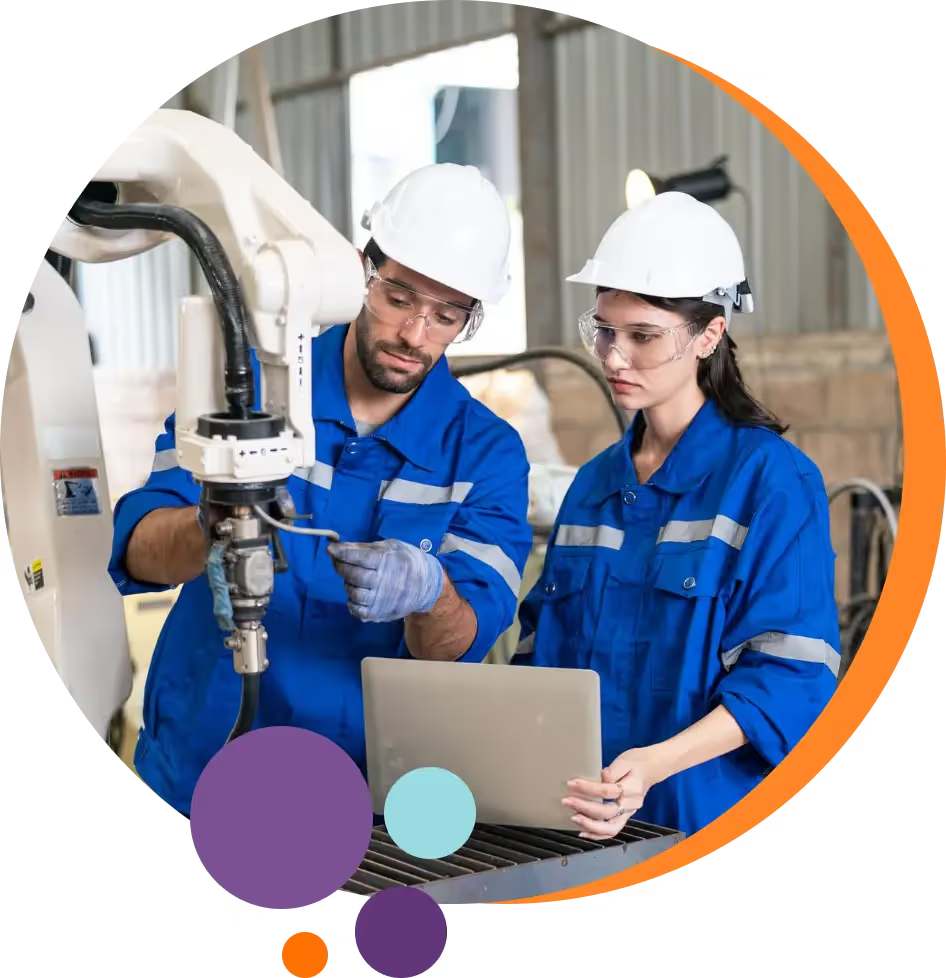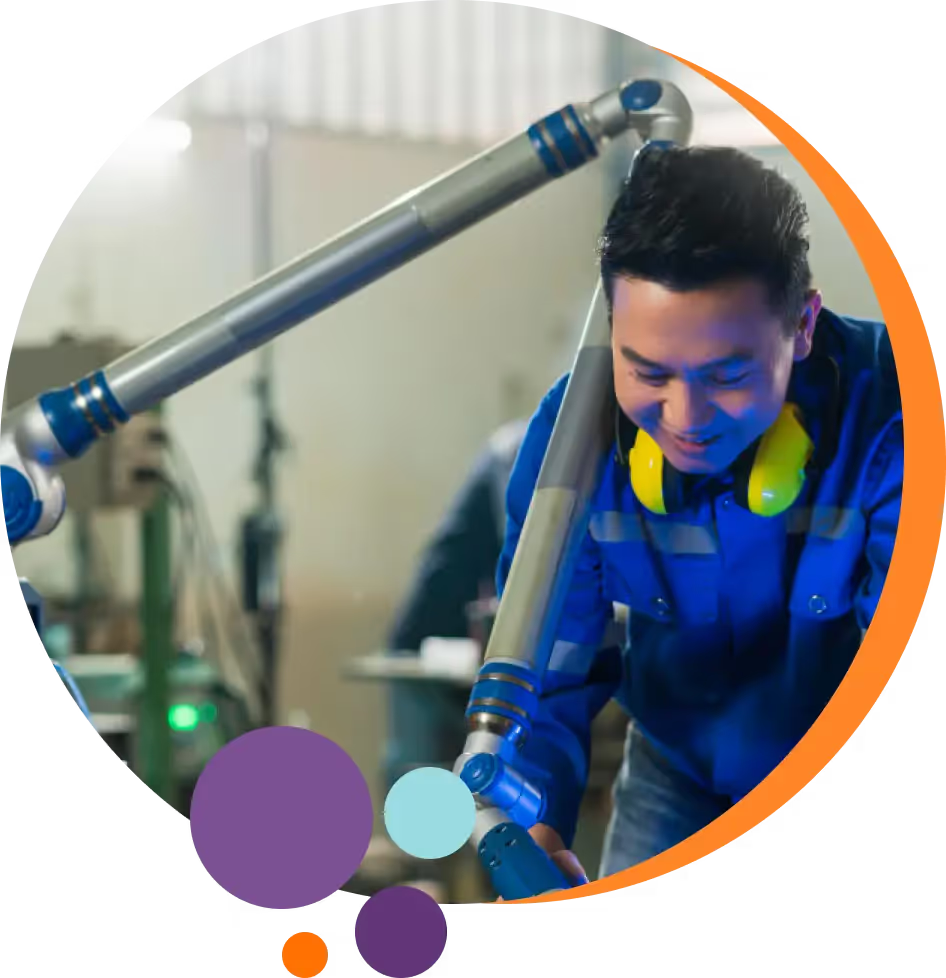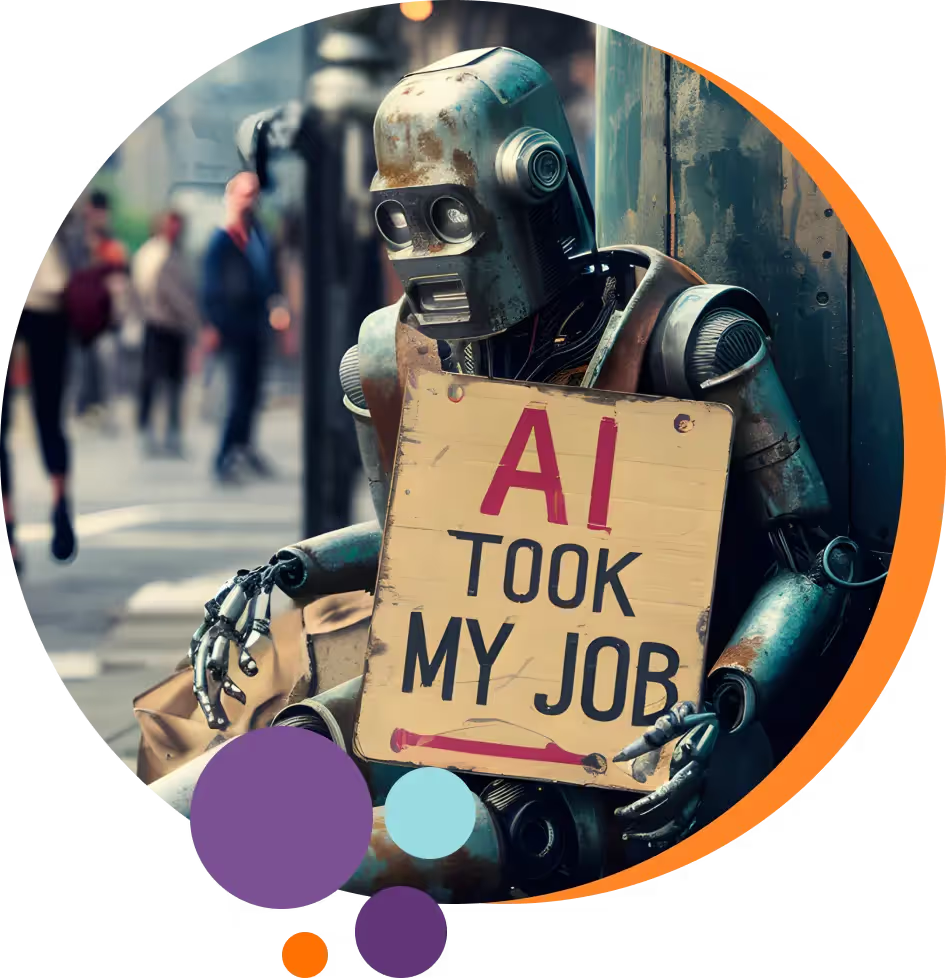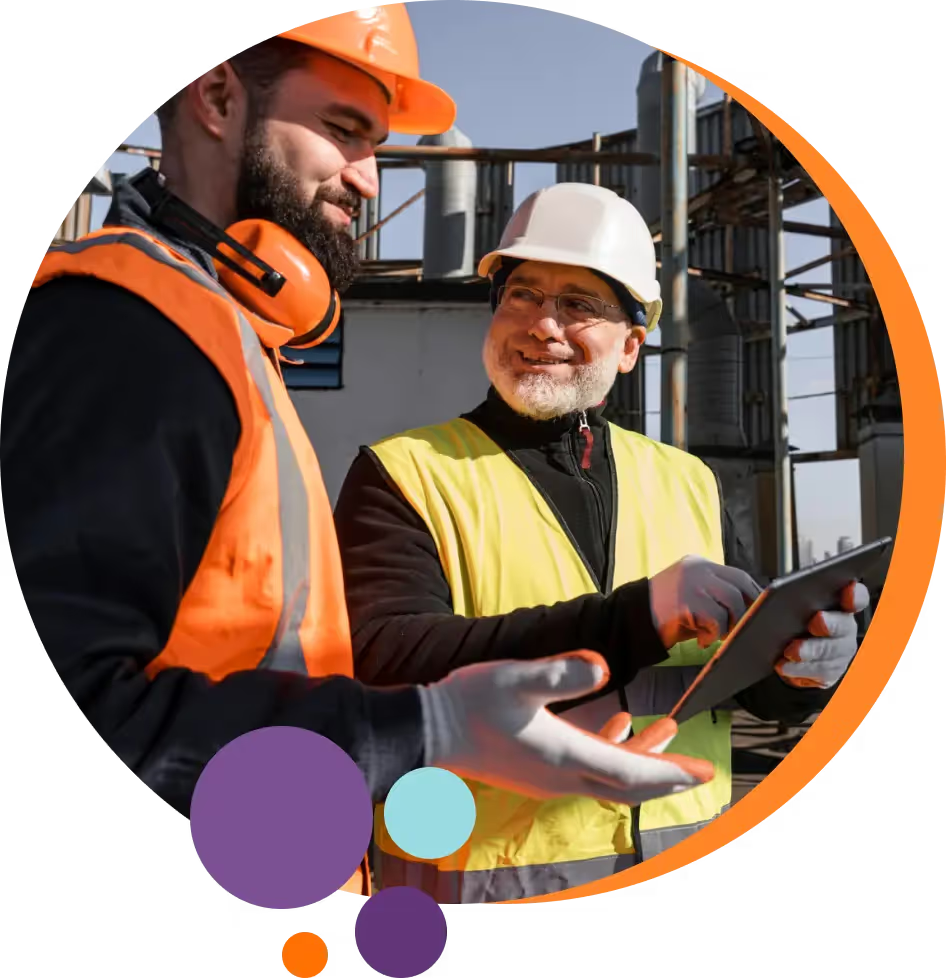.webp)
How AI Has Transformed Manufacturing
AI has fundamentally altered manufacturing across multiple dimensions. According to research undertaken by the Manufacturing Leadership Council, an impressive 96% of surveyed companies anticipate a significant increase in their investments in AI. While the full extent to which AI disrupts manufacturing remains to be seen, there is no denying that it has taken innovation and productivity in this sector to new heights.
Related: What New Jobs Will AI Create?
Digital Manufacturing
Digital manufacturing is revolutionizing how products are conceived, designed, and produced. With the integration of AI, manufacturers can optimize every aspect of the production process, from product design to distribution. One of the most significant transformations AI enables in digital manufacturing is generative design. Generative design is an iterative process where AI algorithms generate numerous design alternatives based on specific constraints and objectives.
For example, the US software corporation Autodesk uses AI-driven generative design software to create optimal product designs by analyzing multiple variables, such as material properties, manufacturing constraints, and product performance requirements.
Engineers can specify parameters like weight, strength, and cost, and the AI system will generate design options that meet these criteria. This approach accelerates the design process and results in more efficient and lightweight products, saving materials and reducing manufacturing costs.
.webp)
Automation and Robotics
AI-powered automation and robotics have transformed manufacturing by enhancing efficiency, precision, and flexibility. These systems can perform tasks with speed and accuracy that surpass human capabilities. The advent of collaborative robots, or cobots, has further expanded the role of AI in manufacturing.
For instance, in the automotive industry, AI-driven robots are used for welding, painting, and assembly tasks. These robots can adapt to workpiece variations and work with human workers safely. They use computer vision and machine learning to recognize and handle different parts, ensuring quality and consistency in production. This increases productivity and reduces the risk of errors and accidents.
Factory of the Future
AI has paved the way for developing smart factories, often called ‘factories of the future.’ These factories combine AI, IoT (Internet of Things), and data analytics to create highly interconnected and autonomous manufacturing environments.
A prime example is the Siemens Digital Twin technology, which creates virtual replicas of physical assets and processes. AI algorithms continuously analyze data from sensors and production equipment to optimize real-time operations. Predictive maintenance is another critical aspect, where AI can detect equipment issues before they lead to costly breakdowns, minimizing downtime and maintenance costs.
Quality Assurance
Quality assurance is paramount in manufacturing to ensure that products meet stringent standards. AI has revolutionized quality control by providing highly accurate and efficient inspection methods. Computer vision and machine learning algorithms are at the forefront of this transformation.
Consider the semiconductor industry, where the inspection of microchips requires meticulous attention to detail. AI-powered vision systems can analyze thousands of components per second, detecting even minuscule defects that might escape human assessment.
These systems can identify defects like cracks, scratches, or variations in color or shape with incredible precision. AI-driven quality control can adapt to changing production conditions, making it more reliable and consistent than manual inspection.
Design Optimization
AI is pivotal in optimizing product design for both functionality and manufacturability. By analyzing vast datasets and simulating various scenarios, AI algorithms help engineers make informed decisions that result in better-performing and more cost-effective products.
For example, aerospace manufacturers employ AI to design and optimize aircraft components. These components must be lightweight for fuel efficiency and durable for safety. AI can analyze materials, aerodynamics, stress factors, and manufacturing processes to generate designs that balance weight and strength. This leads to more fuel-efficient and environmentally friendly aircraft and reduces production costs.




















.webp)
.webp)
.webp)


